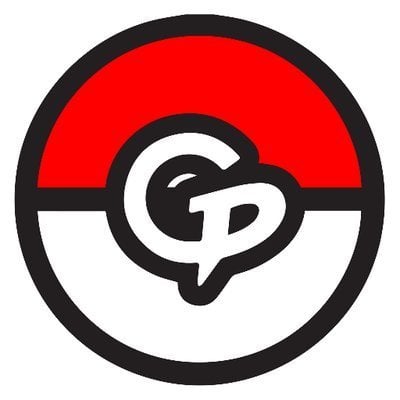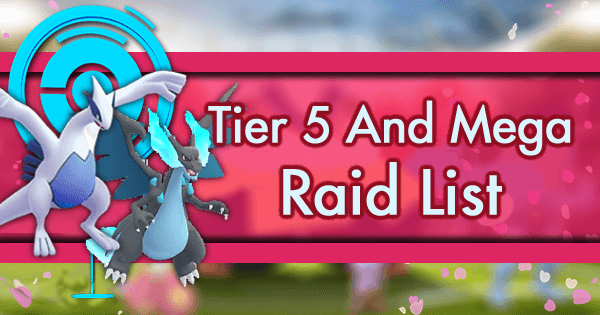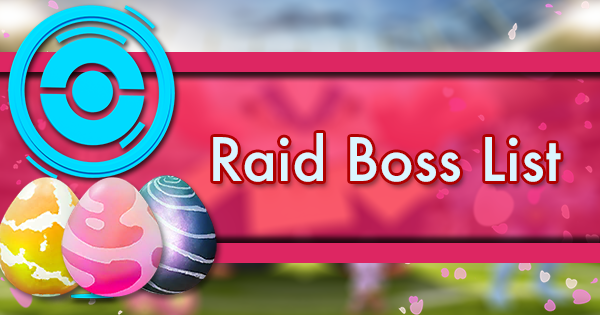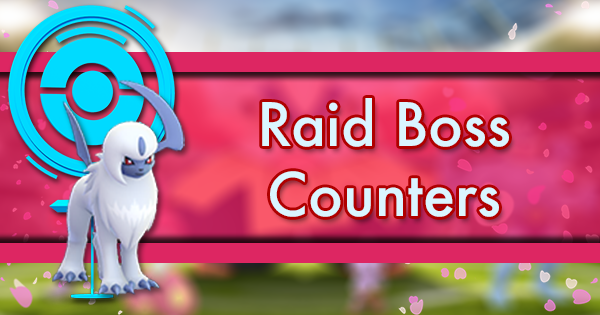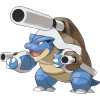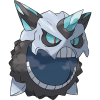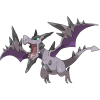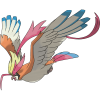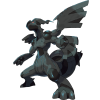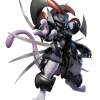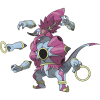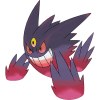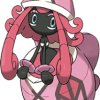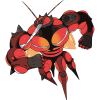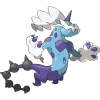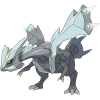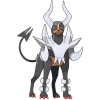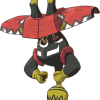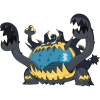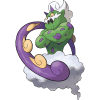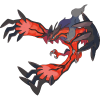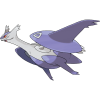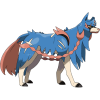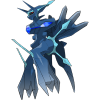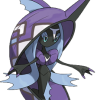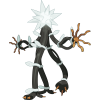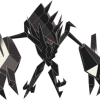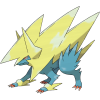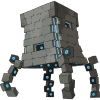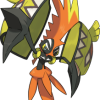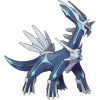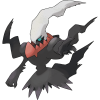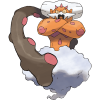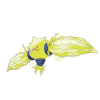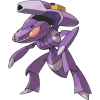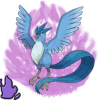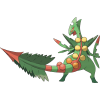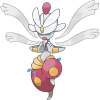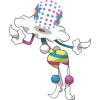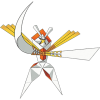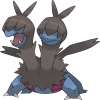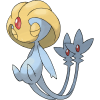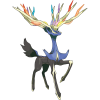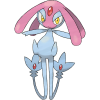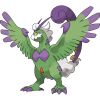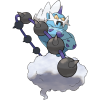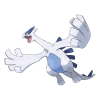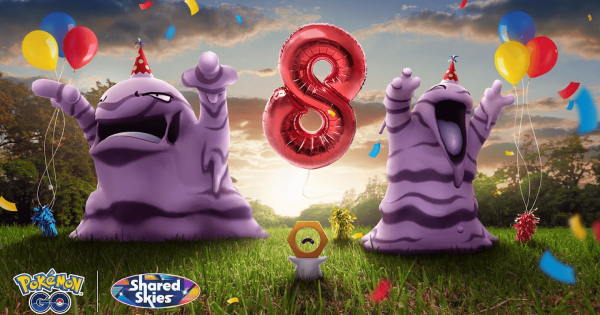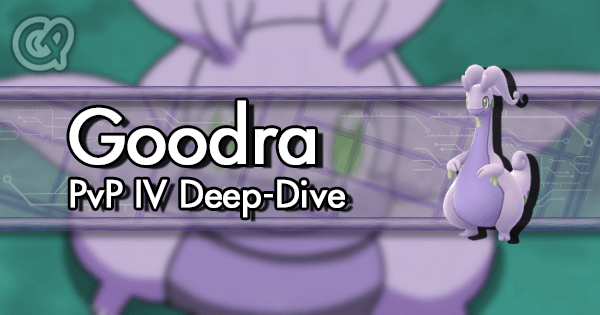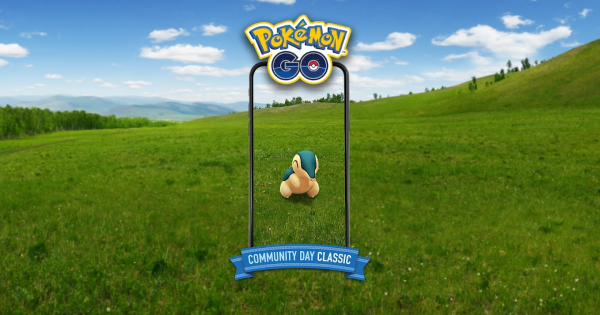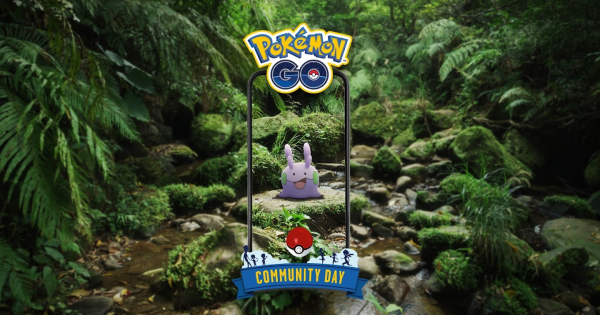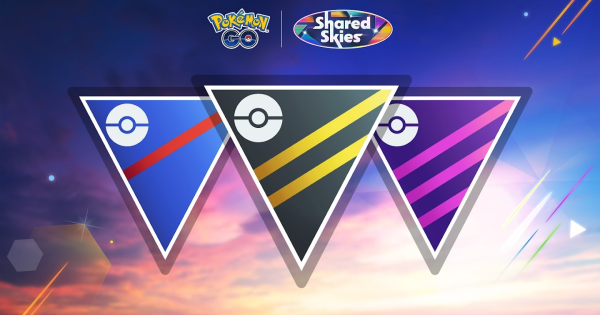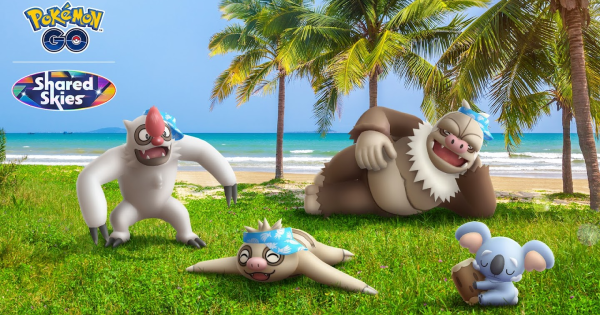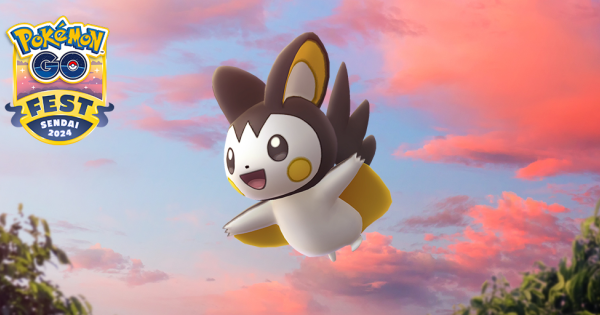Current Tier 5 Raid Guides
Introduction and overview
Does anyone remember when the first legendary raids appeared? We tried to defeat Articuno and Lugia in massive groups of close to 20 people each time. Between power creep, increased knowledge, and our understanding of raid rewards, we now realize this is far from optimal. Defeating a legendary in a small group can be a fun challenge for an urban trainer or a way of life for a rural one. Either way, it is highly rewarding and a thrill to just beat the clock.
For our purposes, “small group” will refer to the minimum number of people required to defeat a boss without a weather boost. This fluctuates between 2 and 4 trainers depending on the boss.
This guide is intended to help players of all levels and in all locales from rural to urban, though the reality is some of the tougher bosses require very strong players with high level teams. However, while any specific guide may discuss a trio, the information is still very relevant to a 4 or 5 person raid too!
General strategic advice
If you’re about to take on your first tier 5 in a small group, here are some helpful rules of thumb.
Use the empty lobby trick to gain time
This trick skips the GO animation when the raid begins, bringing you directly into battle. Usually you can start ~3 seconds earlier than usual, even more on older phones. See our article to learn how to do the trick.
Dodge charged moves only, if at all
Dodging fast moves costs too much time to be viable. When a guide says that a Pokemon is reliant on dodging, it means dodging charged moves only. Against many tier 5 bosses dodging is neither required or recommended.
How to avoid triggering the dodge glitch
When a Pokemon dodges an attack that would KO it if undodged, the client and server often disagree on whether the Pokemon really faints. The Pokemon will visually disappear and no longer be able to use charged moves. This doesn’t occur in solo raids. This glitch appears to have been mostly fixed as of May 2019.
Don't leave the battle at the same time
If both combatants retreat to the lobby at the same time (e.g., to revive their team), the raid boss often regains some HP when they rejoin the fight. This can make a short-man attempt impossible, especially since most of these raids require re-entry. It’s not known why this happens - the client and server probably disagree on the amount of damage done.
When battling a raid boss against whom combatants will likely have to rejoin the fight, stagger your lobbying to prevent boss HP regain. Player A can retreat to the lobby after 4-5 Pokemon faint, while the other players wait until after player A rejoins to retreat to the lobby.
Minimize time required to re-enter battle
Most tier 5 small groups require more than one team of 6 Pokemon. Time spent leaving and re-entering battle is lost DPS. Use these tricks to rejoin the fray faster:
-
Leave battle before wiping out to avoid the “all your Pokemon have fainted” screen.
-
Use an “A team” battle party if you plan to revive and re-enter with your main team.
-
Use a “B team” battle party if you only need a little bit of damage.
-
Delete all Potions and Super Potions in order to use Max Revives without scrolling.
See this video tutorial for further details.
Why small group legendaries in the first place?
Tier 5 raids offer the best rewards in the game. Small group raids are the best way to maximize them. For example, in a trio all players will usually get 3 individual damage balls, and proper splits can be used to manipulate team damage balls as well. Raid rewards such as Rare Candy or TMs are directly related to Premier Balls. More balls equals more rewards.
While urban trainers will do small groups as a luxury, many rural players have no other choice. If you cannot get 6+ players to a raid, sometimes you have to beat it with 4 or 5. By steadily growing strong small group teams, rural players gain the ability to get more legendary Pokemon than they would if they just relied on large groups.
Sometimes going to a raid and waiting for a set start can really slow down your progress. An alternative is to get a group of 3 to 5 raiders to travel together from gym to gym. The group shows up, defeats the boss, catches it, and moves quickly to the next one. Many weekend “raid warriors” play like this, maximizing both their shot at a high IV boss and their rewards while doing so.
Optimize your hardware
Blame Niantic for this one. The unfortunate fact of the matter is that a lower-end phone will impair your ability to small group tier 5 raids. Easy raids may take more time and hard raids may be outright impossible. Consider these factors when planning:
-
iOS > Android, generally speaking. While Android performance has improved in recent updates, playing on iOS will give the player a few seconds extra to work with.
-
Low system RAM will cost time. Pokemon GO encounters frequent lag on 2 GB RAM phones, whereas 4 GB RAM will yield a smoother experience. Restart Pokemon GO prior to each solo attempt and kill all unnecessary background apps.
-
Keep the phone cool. Pokemon GO is notorious for rapidly heating up phones, and phones perform worse when hot.
Optimize your Pokemon: damage breakpoints
Due to Pokemon GO’s damage formula, damage done is rounded down to the nearest integer. Because fast moves do small amounts of damage, they get rounded down to the same number until a Pokemon reaches a certain attack stat in a particular matchup, where it jumps up +1. This is called a damage breakpoint.
Fast move damage breakpoints are important because they represent thresholds where a single power up yields a 5% or more increase in DPS. Power ups beyond a Pokemon’s highest damage breakpoint have little benefit. The two big conclusions to be drawn from this are:
-
Powering up to the highest breakpoint achieves nearly 100% of a Pokemon's maximum DPS
-
Declining to power up beyond the highest breakpoint saves up to 10,000 stardust / power up
Damage breakpoints depend on the attacker species, attack IV, fast move, weather (and other damage multipliers), and the raid boss. GamePress offers an on-site calculator and an off-site spreadsheet to help you find damage breakpoints.
Other Resources
celandro’s Pokebattler website is useful for picking the best potential counters in extreme weather or specific weather conditions. However, GamePress’s GoBattleSim (GBS) can be more versatile for group raids. In addition to understanding if you and your teammate have strong enough lineups to beat a boss while attacking together, you can also use GBS to figure out your optimal order. In addition, GBS is a fantastic way to determine when or if you will need to re-enter a battle.

